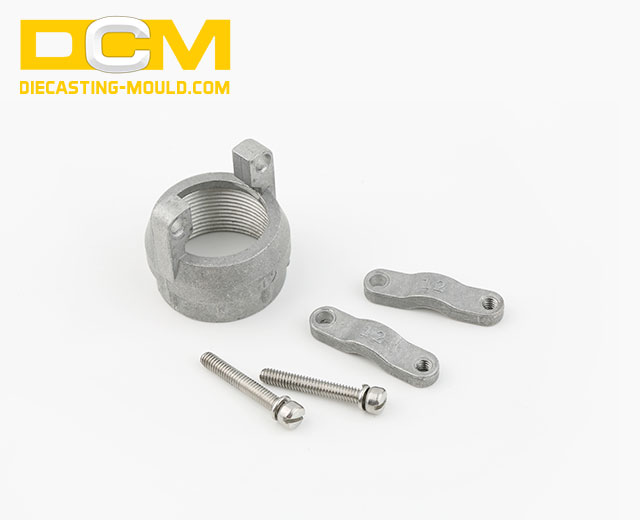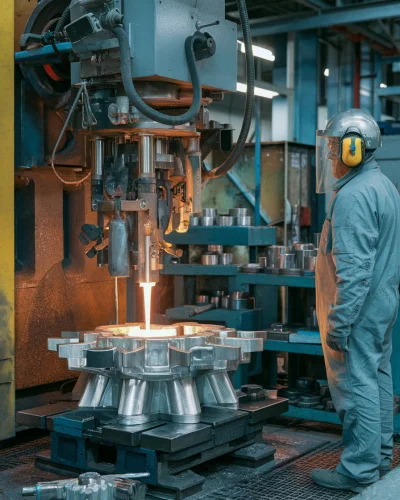Strategies and Innovations in Alloy Applications: Casting Metal into the Future
Strategies and Innovations in Alloy Applications: Casting Metal into the Future
Blog Article
The prospects of different alloys in metallurgical engineering seem to be very promising as there is an ongoing transformation in the metal casting industry which is primarily due to the use of more efficient technologies, increased demand in various fields, and improved sustainability. As usual, the modern alloys have the potential to fundamentally change this industry. This is particularly important for metallurgical engineers, as the future of alloys in the cast metal industry outlines important opportunities with advances in technology and new alloys are primarily motivated by the requirements of different sectors.
New Frontiers
New branch opportunities, specialty fields or professional categories in engineering, informatics and robotics industries seem endless and serve as integrational units to the all-encompassing fields of STEM science - all peripheral branches coexisting not only in Alloy Engineering, but also in Alloy Manufacturing.

Aerospace and Aviation
The unabated pursuit of breaking new frontiers has forged a new need for ever-improving alloys to be used in airplane engines with capabilities to provide maximum strength at extreme levels of temperature, pressure and corrosion. Those requirements are met by the newly emerging alloys with high corrosion, fatigue and temperature resistant superalloys. The field of aerospace engineering is expected to keep extending through space.
Automobile Industry
The automotive industry is constantly evolving toward more lightweight, high-performing, and more energy-efficient alternatives. Aluminium alloys are utilised in engine blocks, gearboxes, and cylinder heads because they have a low density, good thermal conductivity, high plasticity, and are strongly resistant to corrosion. Moreover, the alloys with superior qualities in the automotive industry will be more highly sought after due to the uptake in new energy vehicles.
Energy Sector
Alloys are critical in the applications for nuclear power, as well as for solar and wind energy, in the energy sector. For example, alloys used in nuclear power are required to have exceptional radiation resistance and corrosion resistance. Alloys used in solar and wind energy equipment also need good anti-oxidation and anti-corrosive capabilities. There will be increasingly more alloys needed in the energy sector as the development of clean energy sources speeds up.
Technological Innovation
The advancements in technology are enabling new alloys to be developed as well as the casting processes to be improved, increasing production efficiency and the quality of production.
Development of New Alloys
The Al-Si series alloys are being developed for use in new energy vehicles and renewable energy devices. Newer methods are continuing to develop for all industry types, which include the research and creation of new alloys. These advances in the alloys are aiding innovation for several businesses as the new alloys increase the properties along with the performance.
Improvement of Casting Technology
The surface and internal structures of alloy castings are being achieved with greater perfection and more refined surfaces as a result of modernised versions of casting, like precision casting and pressure casting. With the advancement of large integrated die casting technology, several components may now be combined into a single casting, thus minimising the expense and maximising productivity.
Environmental and Sustainability Trends
Because of the concern for the global as well as internal environment, the casting for metals is now getting the focus it deserves, especially on recycling.
Recycling and Reuse
The recycling of alloys has become more popular due to increasing concerns for the environment. Aluminium alloys are known to be some of the more recyclable alloys. It is now easier for the industry to deal with the alloys post production as they do not have to worry about resources and using the alloys to create new amalgams reduces the cost.
Green Manufacturing
In the process of alloy casting, advanced techniques such as energy-efficient smelting and waste gas treatment are being accepted as green manufacturing. These technologies are conducive to reducing pollution and industrial emissions as well as promoting sustainable development.
Market Expansion
There is significant growth in the casting market both on a global scale and within the country.
Global Market
The casting industry is increasingly globally integrated. The demand for alloys in the newer markets of Asia and Africa is presenting greater acquisition potential for manufacturers.
Domestic Market
In China, the continuing industrialisation and the large-scale infrastructure projects have increased the demand for alloys in the machinery construction, electronics, and building sectors. There is considerable scope for growth in the domestic market for alloys.
There is considerable potential for developments in the casting alloy sectors in the coming years because there is demand for innovation across multiple industries. There is growth potential due to increased use in aerospace and automotive industries, advancement in technologies, and sustainability trends. With increased global and domestic market integration, demand for quality of service metal castings will increase. If the manufacturers keep up with innovations, they will have greater access to capture the opportunities available in this growing and shifting industry.
